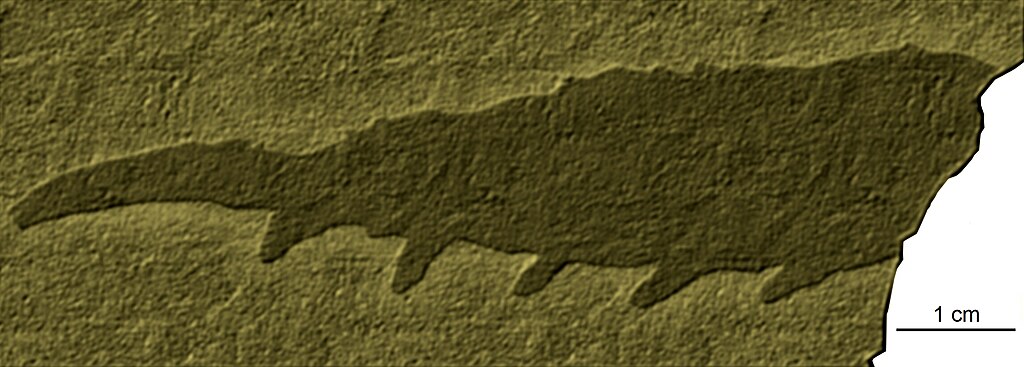When we imagine dinosaurs, we often picture large, fearsome creatures with powerful jaws and razor-sharp teeth. But a fascinating aspect of dinosaur biology that receives less attention is their digestive process. Unlike mammals who thoroughly chew their food, most dinosaurs swallowed their meals whole or after minimal processing. This raises the question: how did these magnificent creatures efficiently digest their food without the mechanical breakdown that chewing provides? The answer lies in a complex system of adaptations that allowed dinosaurs to process massive amounts of vegetation or meat through alternative methods. Let’s explore the fascinating world of dinosaur digestion and the evolutionary solutions these creatures developed to thrive for over 165 million years.
The Fundamental Difference Between Dinosaur and Mammalian Digestion

Mammals and dinosaurs represent two distinct evolutionary approaches to processing food. Most mammals rely heavily on chewing, using specialized teeth to grind food into smaller particles before swallowing. This mechanical breakdown is a crucial first step in mammalian digestion. Dinosaurs, however, generally lacked this ability. While some dinosaurs had teeth specialized for slicing or crushing, true chewing with a rotary motion of the jaw was absent. Instead, dinosaurs evolved alternative methods that compensated for this limitation. Their digestive systems were optimized to break down food chemically and through other physical means after swallowing, representing a fascinating example of how different evolutionary paths can solve the same fundamental problem of nutrient extraction.
Dinosaur Teeth: Tools for Gripping, Not Grinding
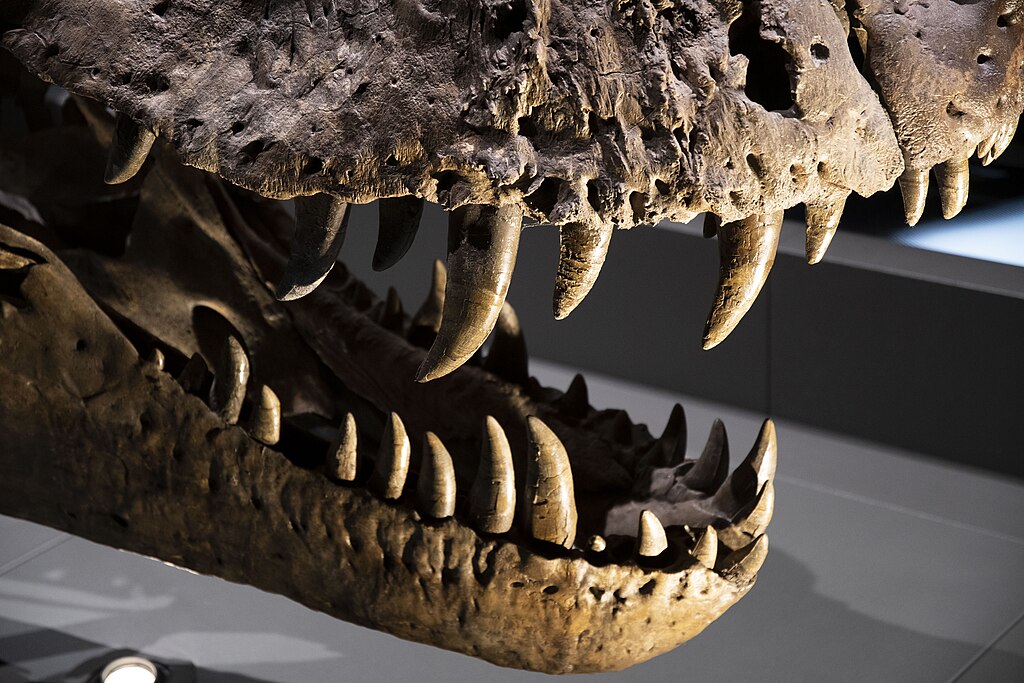
Dinosaur dentition reveals much about their feeding habits, though most species possessed teeth that functioned differently from mammalian molars. Carnivorous dinosaurs like Tyrannosaurus rex had serrated, knife-like teeth perfect for slicing through flesh, but these weren’t designed for grinding motions. Herbivorous dinosaurs such as hadrosaurs had batteries of teeth that worked like scissors or files, shearing plant material rather than pulverizing it. Some dinosaurs, like sauropods, had peg-like teeth useful only for stripping vegetation before swallowing. Ceratopsians like Triceratops had beaked mouths and teeth arranged in batteries that could slice through tough plant material. Despite this variety, no dinosaur teeth were capable of the complex grinding motions that define true chewing, meaning food entered their digestive systems in relatively large pieces.
Gastroliths: Nature’s Grinding Stones

In the absence of chewing, many herbivorous dinosaurs employed a remarkable solution: gastroliths, or stomach stones. These polished rocks were intentionally swallowed and retained in the digestive tract, functioning as a primitive grinding mechanism. As the dinosaur’s muscular stomach contracted, these stones would tumble against each other, mechanically breaking down tough plant material in a process similar to a rock tumbler. Paleontologists have discovered gastroliths associated with the remains of many plant-eating dinosaurs, particularly sauropods and ornithopods. Some specimens contained hundreds of polished stones, weighing collectively several pounds. This adaptation represents an elegant evolutionary solution that allowed dinosaurs to process fibrous plant matter without the need for specialized chewing teeth. Modern birds, the descendants of theropod dinosaurs, continue to use this strategy today.
The Massive Dinosaur Stomach: A Fermentation Chamber
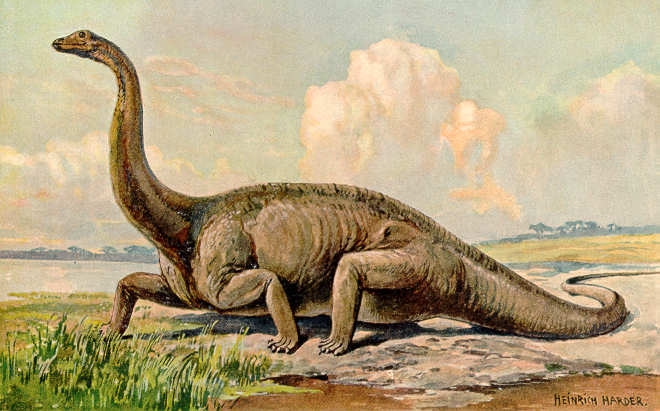
The stomachs of herbivorous dinosaurs, particularly the enormous sauropods, functioned as massive fermentation chambers. After plants were broken down by gastroliths, microbes would further decompose the cell walls of plant material through fermentation. This process released nutrients that would otherwise remain locked within tough cellulose structures. Sauropods like Diplodocus and Apatosaurus likely had enormous stomachs that could hold vegetation for extended periods, allowing maximum nutrient extraction. The sheer size of these fermentation chambers was crucial, as the process is relatively slow and inefficient compared to mechanical breakdown through chewing. Some paleontologists estimate that the largest sauropods may have had stomachs capable of holding hundreds of kilograms of plant material at once, enabling them to process the massive amounts of vegetation needed to sustain their enormous bodies.
Specialized Gut Bacteria: The Microscopic Helpers
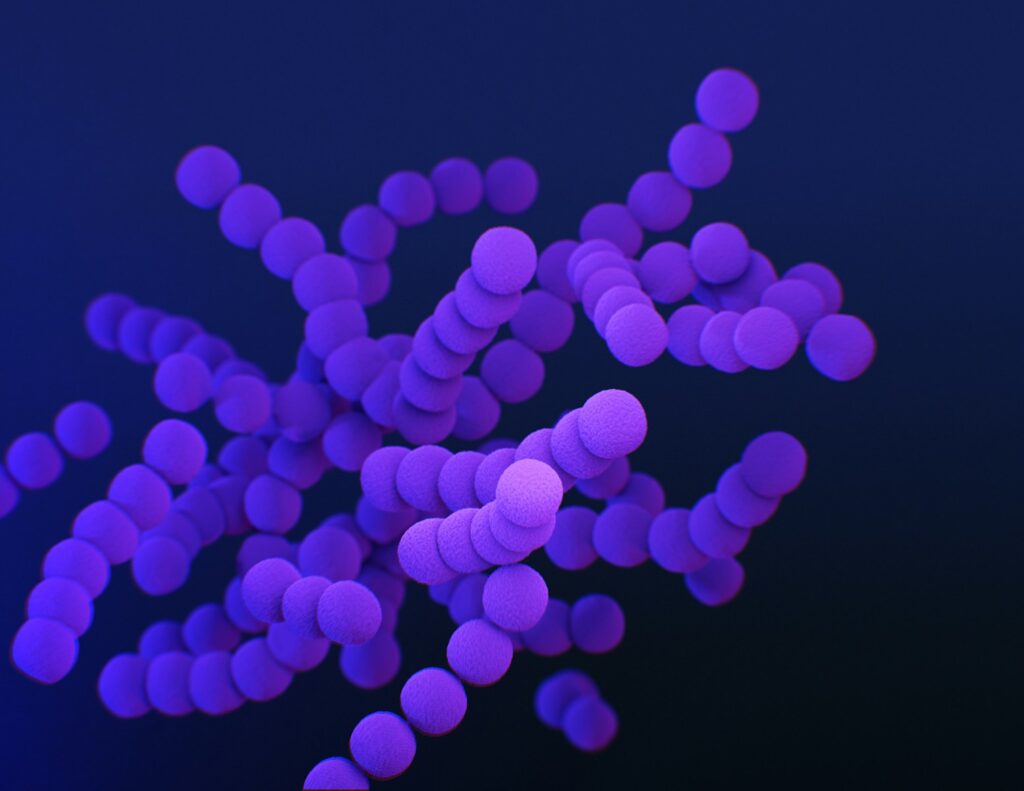
Just as in modern herbivores, dinosaurs almost certainly relied on specialized gut microbiota to break down plant material. These symbiotic bacteria and other microorganisms would have played a crucial role in digesting cellulose and other complex plant compounds that the dinosaur’s own digestive enzymes couldn’t process. Through fermentation, these microbes would convert plant material into volatile fatty acids and other nutrients that the dinosaur could absorb. While direct evidence of dinosaur gut bacteria is difficult to obtain from fossils, comparative studies with modern reptiles and birds strongly suggest their presence and importance. The relationship between dinosaurs and their gut microbiomes likely represented one of the most important symbiotic relationships in prehistoric ecosystems, allowing these animals to exploit plant resources that would otherwise be nutritionally inaccessible. This microbial assistance was especially crucial given the absence of mechanical breakdown through chewing.
Multiple Stomachs: The Possibility of Complex Digestive Systems

Some paleontologists have proposed that certain dinosaur groups may have evolved multiple specialized stomach chambers, similar to the compartmentalized digestive systems seen in modern ruminants like cows. While direct evidence is limited due to the poor preservation of soft tissues, the enormous nutritional demands and specialized diets of many dinosaurs make this a plausible hypothesis. Multiple stomach chambers would allow for sequential processing of food: initial fermentation, followed by additional mechanical breakdown, and finally enzymatic digestion. Hadrosaurs (duck-billed dinosaurs) in particular show anatomical features consistent with complex digestive systems. Their broad, barrel-shaped rib cages provided ample space for expanded digestive organs. This compartmentalization would have significantly increased digestive efficiency, helping compensate for the lack of thorough chewing at the beginning of the digestive process.
Exceptionally Long Intestines: Maximizing Nutrient Absorption
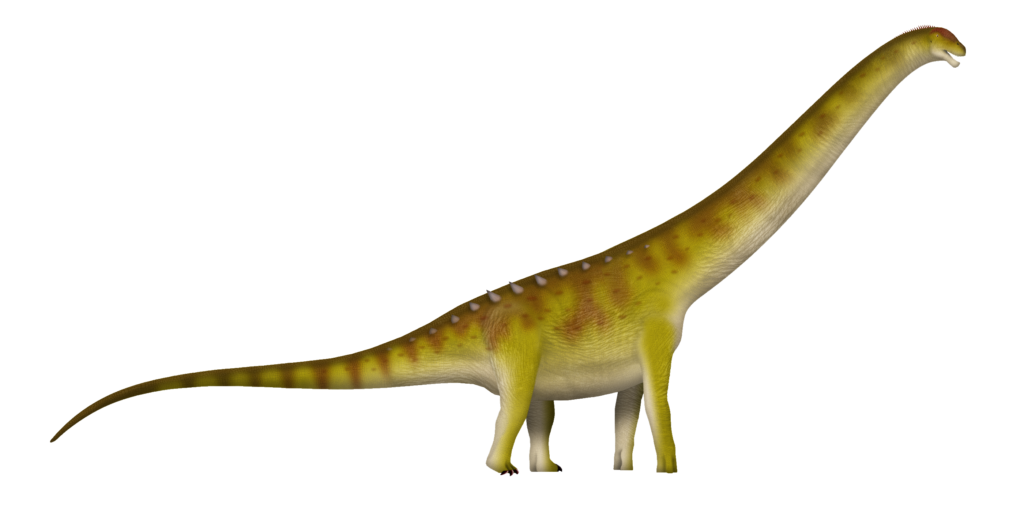
The intestinal tracts of herbivorous dinosaurs were likely extraordinarily long, providing maximum surface area for nutrient absorption. Modern herbivores typically have intestines several times longer than their body length, and dinosaurs probably followed a similar pattern. This extended digestive path would have allowed for prolonged contact between food and digestive enzymes, extracting the maximum possible nutrition from each mouthful. The largest sauropods may have had intestinal tracts exceeding 100 feet in length, winding through their massive body cavities. This adaptation was particularly important for dinosaurs consuming low-quality plant material with minimal pre-processing in the mouth. The extended transit time through these lengthy intestines also provided additional opportunities for gut bacteria to break down resistant plant compounds, further enhancing nutrient extraction in the absence of chewing.
Coprophagy: A Possible Second Chance at Digestion

Some paleontologists have suggested that certain dinosaurs may have practiced coprophagy—the consumption of feces—to extract additional nutrients from partially digested food. This behavior is observed in many modern herbivores, including certain birds, rabbits, and rodents. For dinosaurs lacking the ability to chew thoroughly, coprophagy would provide a second opportunity to process difficult plant materials after initial bacterial fermentation had softened them. Young dinosaurs might have particularly benefited from consuming adult feces, which would have contained the beneficial gut bacteria needed to establish their own digestive microbiomes. While direct evidence for this behavior is challenging to establish in the fossil record, it represents a plausible strategy for maximizing nutritional extraction, especially for smaller herbivorous dinosaurs with higher metabolic demands and less efficient initial digestion.
Carnivorous Dinosaur Digestion: Acid and Enzymes
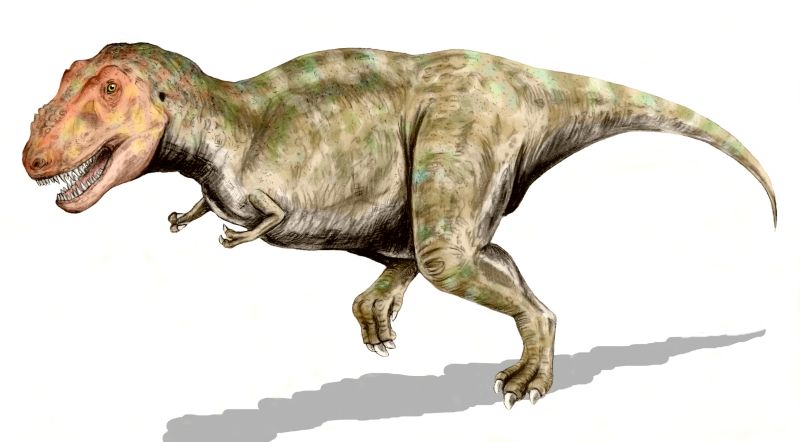
Carnivorous dinosaurs faced different digestive challenges than their plant-eating counterparts. Without the ability to chew thoroughly, meat-eating dinosaurs like Tyrannosaurus rex and Velociraptor relied heavily on extremely powerful stomach acids and digestive enzymes to break down animal tissues. Modern birds, particularly scavengers like vultures, have highly acidic stomachs that can dissolve bone, and their dinosaur ancestors likely possessed similar capabilities. This powerful chemical digestion would have efficiently broken down muscle, connective tissue, and even bones without requiring extensive mechanical processing in the mouth. Carnivorous dinosaurs also typically had shorter, simpler digestive tracts than herbivores, as animal proteins are easier to digest than plant cellulose. Their strategy involved quick chemical breakdown and rapid absorption rather than the extended fermentation needed by herbivores.
Evidence from Coprolites: Fossil Feces Tell the Tale
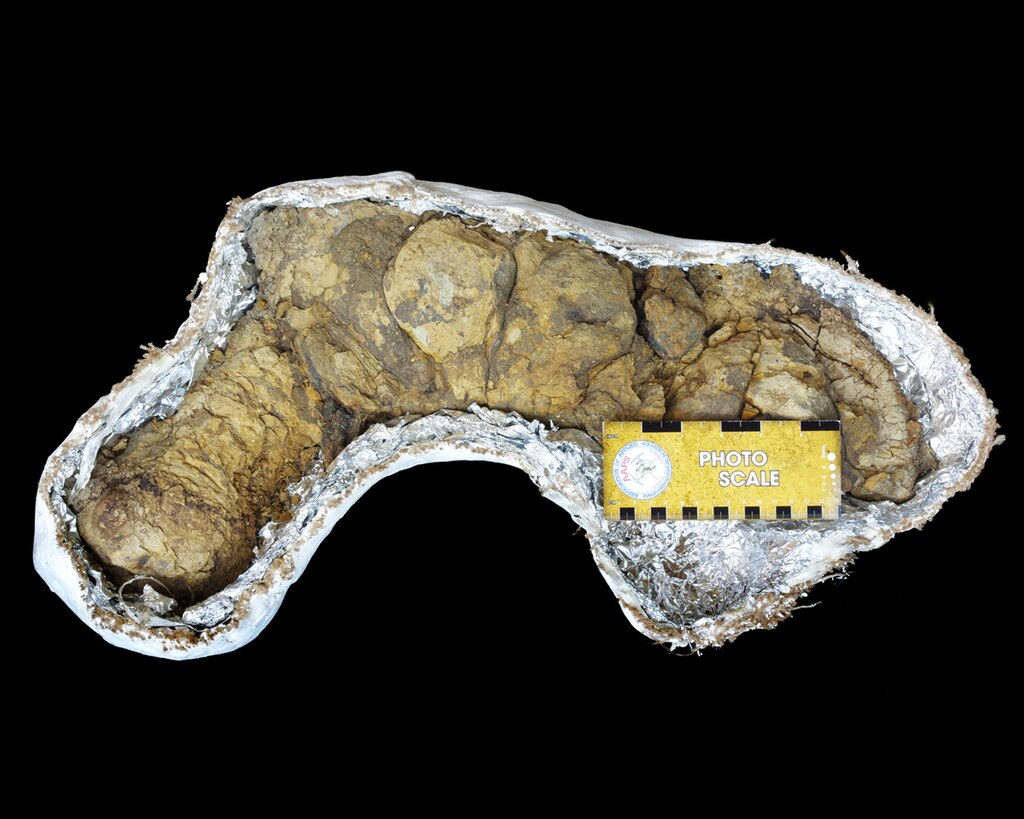
Coprolites—fossilized dinosaur droppings—provide valuable insights into dinosaur digestive efficiency. These remarkable fossils contain undigested material that passed through the dinosaur’s entire digestive system, offering direct evidence of digestive capabilities. Herbivore coprolites often contain recognizable plant fragments, indicating incomplete digestion despite all the adaptations discussed. Carnivore coprolites sometimes contain crushed bone fragments and other animal remains. The size, content, and degree of breakdown visible in coprolites help paleontologists reconstruct digestive processes. For example, coprolites from Tyrannosaurus rex show highly fragmented bone material, suggesting powerful digestive acids, while some sauropod coprolites contain relatively large plant fragments, indicating that even their specialized digestive systems couldn’t completely break down all plant materials without initial chewing.
The Evolutionary Trade-off: Head Size vs. Digestion
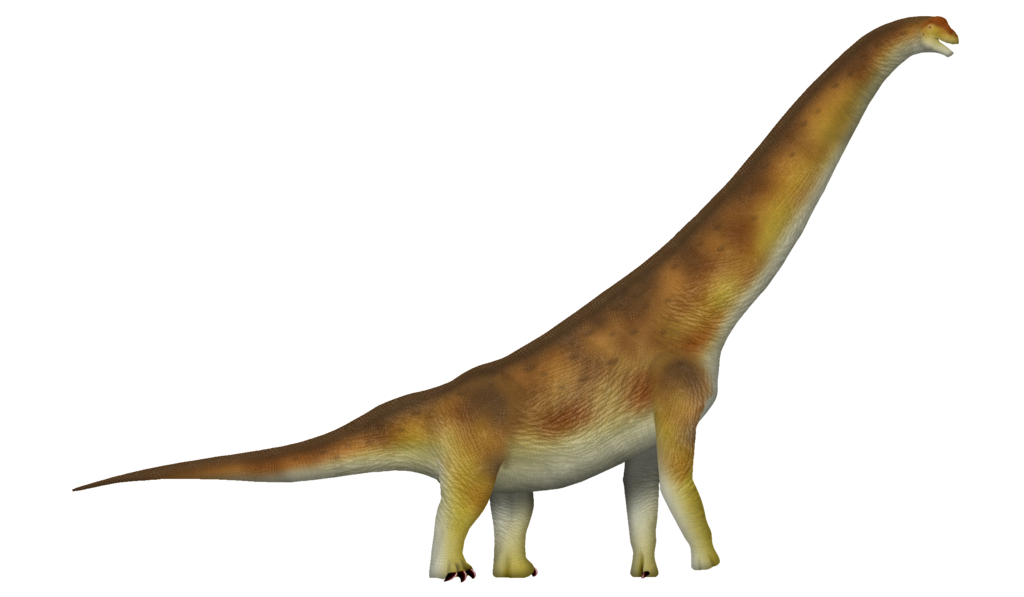
The dinosaur approach to digestion represents a fascinating evolutionary trade-off. By relegating most digestive processing to the gut rather than the mouth, dinosaurs could maintain relatively small heads compared to their body size. This was particularly important for massive sauropods, where a large, heavy head would have created biomechanical problems at the end of their long necks. By swallowing food with minimal processing and relying on gastroliths and fermentation, these dinosaurs could maintain the lightweight heads necessary for their body structure. This trade-off came at the cost of more complex and specialized digestive systems, but it allowed dinosaurs to evolve body plans that would have been impossible with mammal-style chewing mechanisms. The small-headed, massive-bodied sauropod design represents one of the most successful body plans in vertebrate evolutionary history, made possible in part by this digestive strategy.
Modern Parallels: Birds and Reptiles Today

The digestive strategies employed by dinosaurs didn’t disappear with their extinction. Modern birds, as dinosaur descendants, continue to use many of these same adaptations. Like their dinosaur ancestors, birds lack teeth for chewing and instead use muscular gizzards often containing gastroliths to grind food. Crocodilians, the closest living relatives to dinosaurs and birds, possess extremely powerful stomach acids that can digest bones and tough tissues without preliminary chewing. Many modern reptiles also rely on fermentation chambers and specialized gut bacteria to process plant material. Studying these living relatives provides valuable insights into how dinosaur digestion might have functioned. The success of these modern animals demonstrates that chewing isn’t necessary for efficient digestion when alternative adaptations are in place, validating the effectiveness of the dinosaur digestive strategy across evolutionary time.
Dinosaur Digestion and Ecological Success

The unique approach to digestion developed by dinosaurs contributed significantly to their remarkable evolutionary success. By solving the problem of nutrient extraction without chewing, dinosaurs were able to exploit ecological niches unavailable to other animals. The largest sauropods could reach food sources too high for other herbivores, while maintaining the digestive capacity to process massive quantities of plant material. Carnivorous dinosaurs could consume large prey with minimal processing at the kill site, allowing for efficient feeding. These digestive adaptations supported dinosaur dominance across terrestrial ecosystems for over 165 million years, an extraordinary tenure that dwarfs the current age of mammals. The dinosaur digestive system, despite lacking the mechanical efficiency of chewing, clearly represented a highly successful evolutionary solution to the fundamental challenge of converting food into energy.
The story of dinosaur digestion reveals nature’s remarkable ability to find diverse solutions to biological challenges. While mammals evolved complex chewing mechanisms with specialized teeth, dinosaurs developed equally effective alternatives centered on post-swallowing processes. Through gastroliths, massive fermentation chambers, specialized gut bacteria, and powerful digestive enzymes, dinosaurs efficiently extracted nutrients from their food despite minimal oral processing. These adaptations not only compensated for the lack of chewing but also enabled the evolution of the remarkable body plans that make dinosaurs so fascinating. In studying how these magnificent creatures solved the problem of digestion, we gain deeper appreciation for the ingenuity of natural selection and the diverse pathways through which complex biological systems can evolve.


